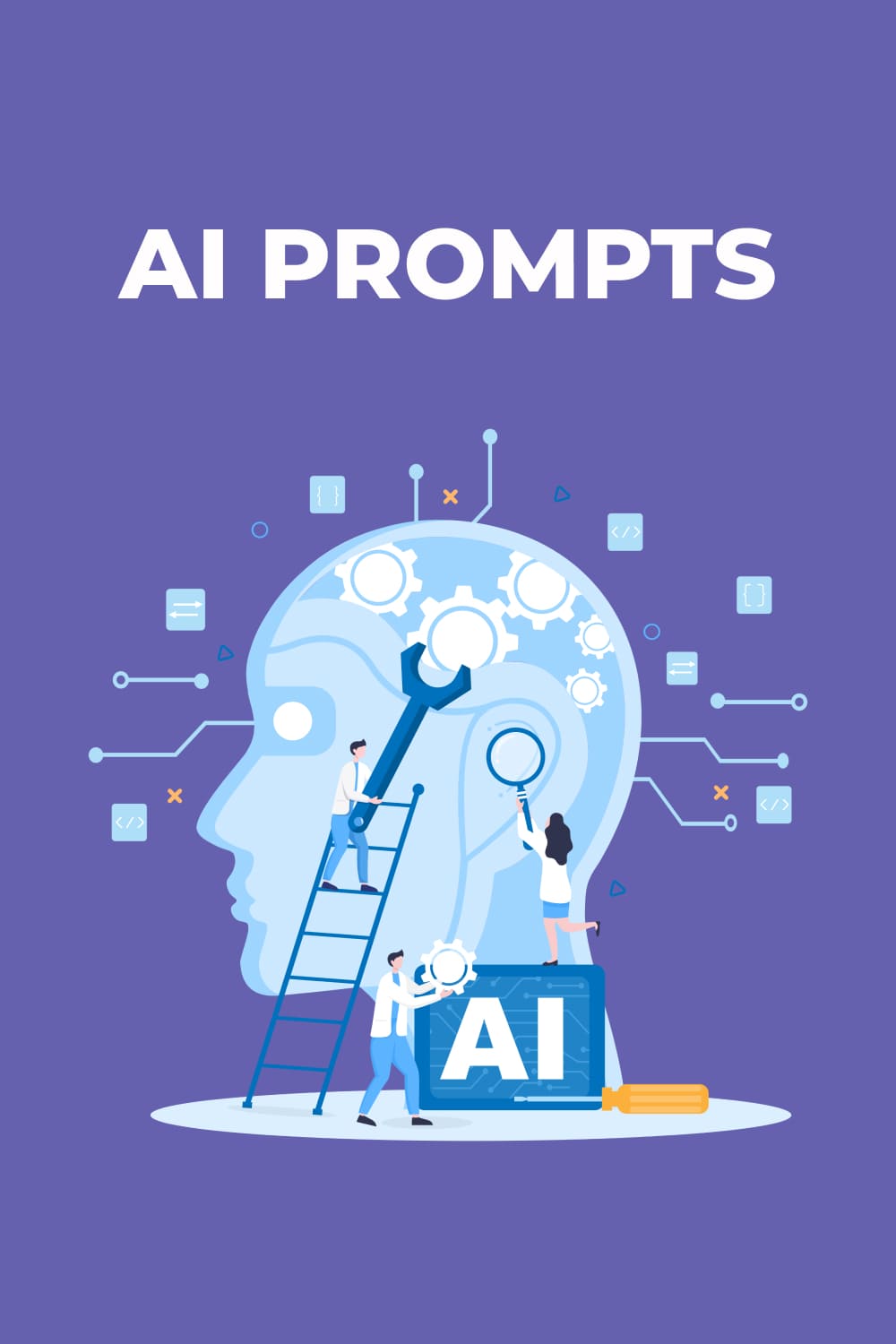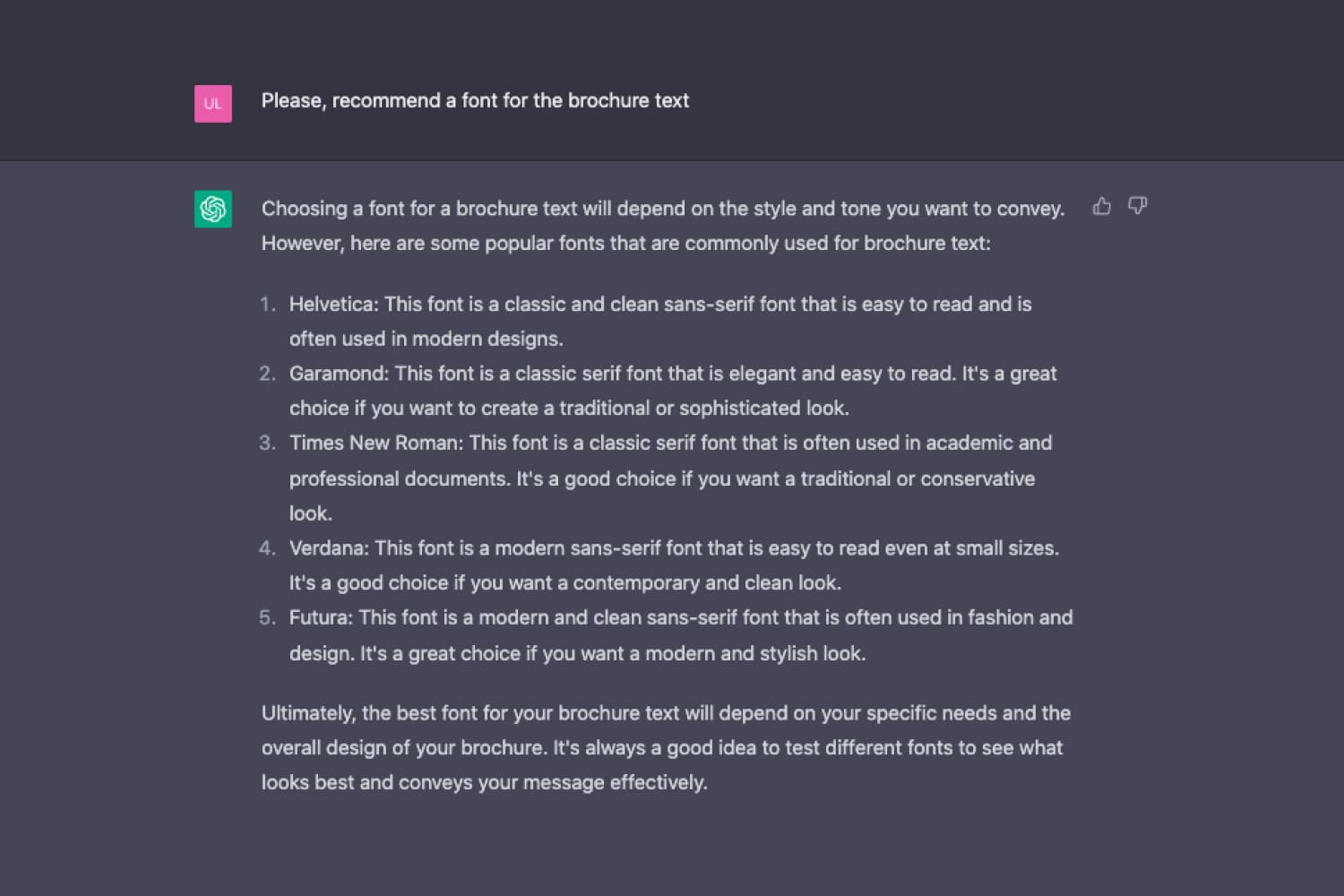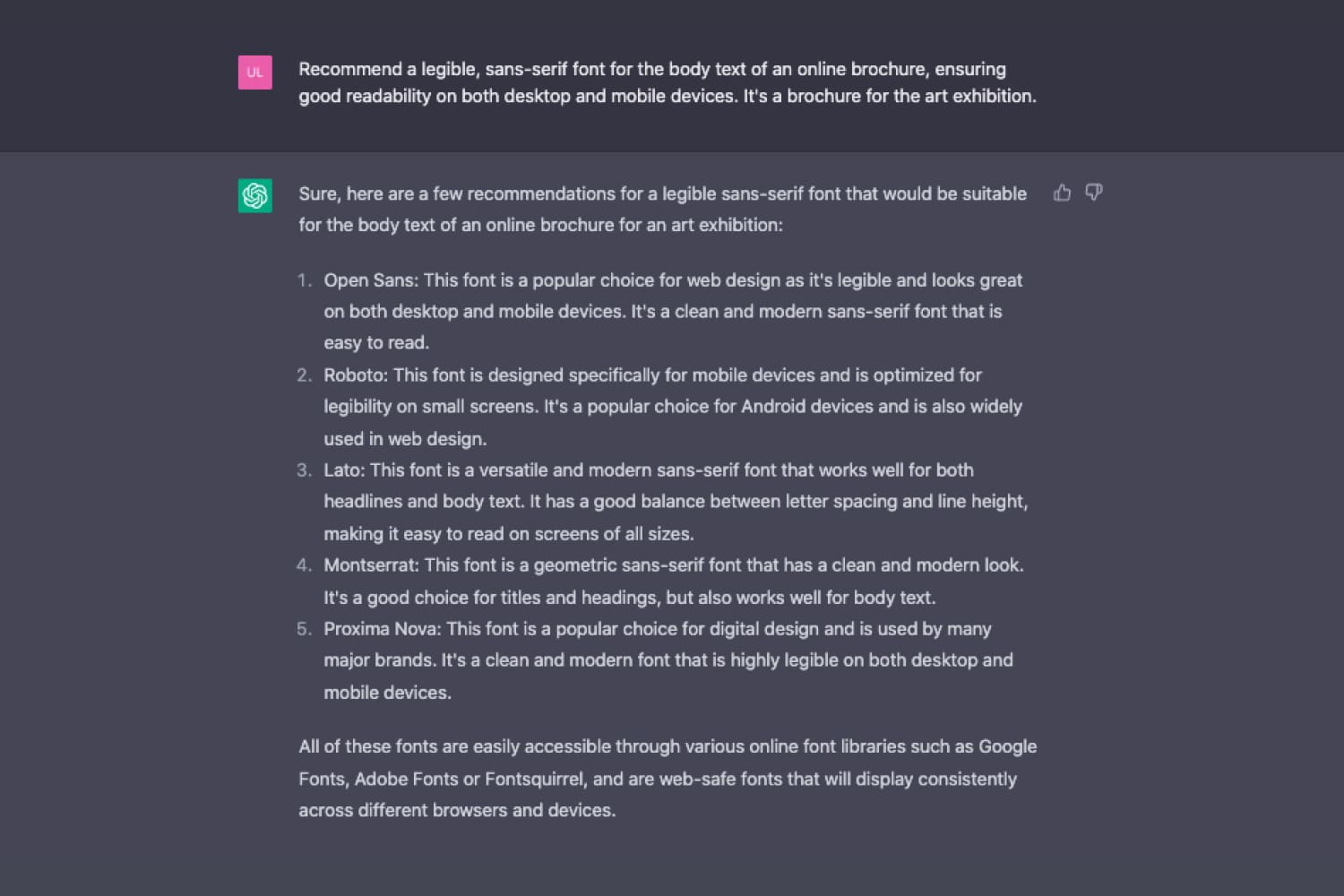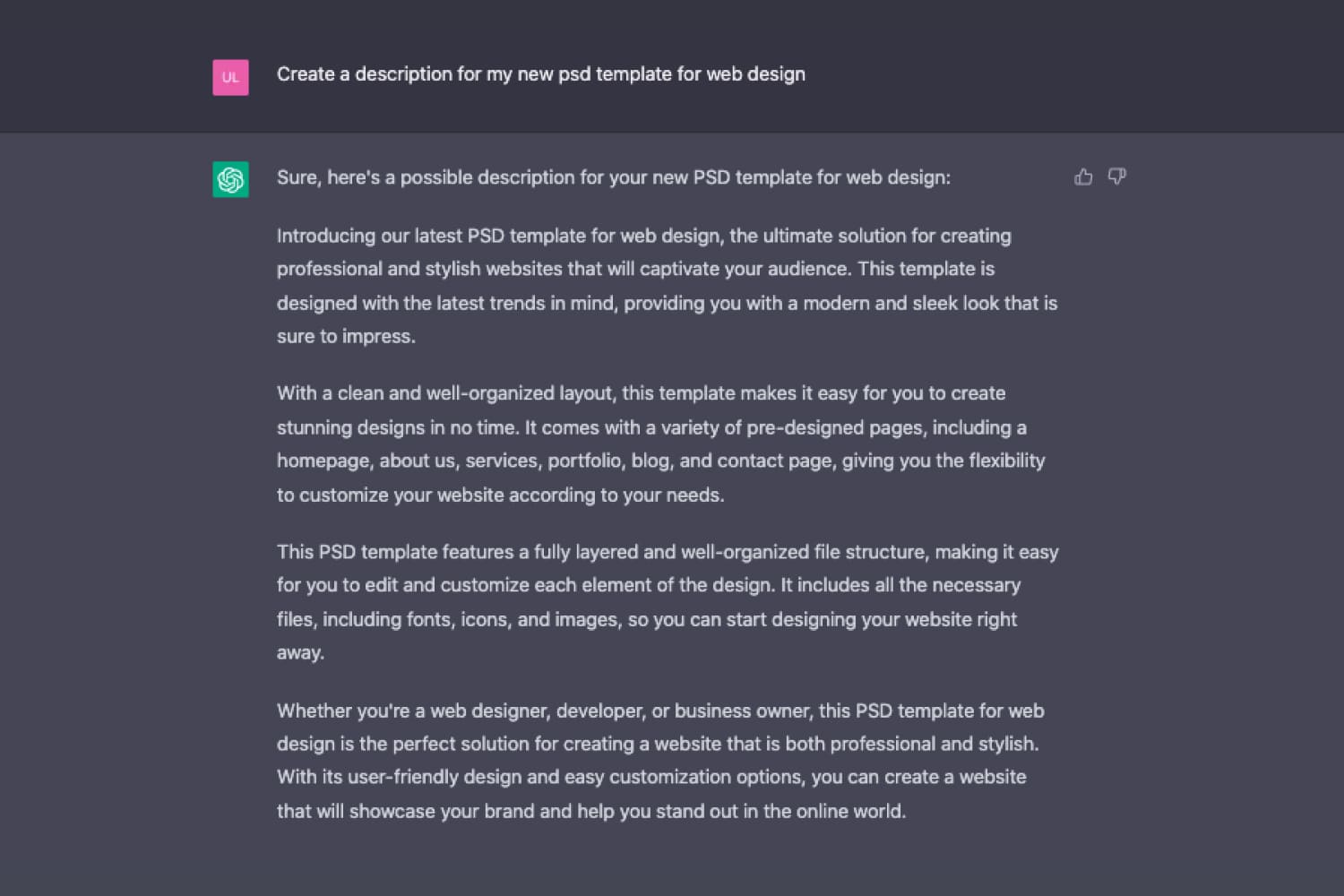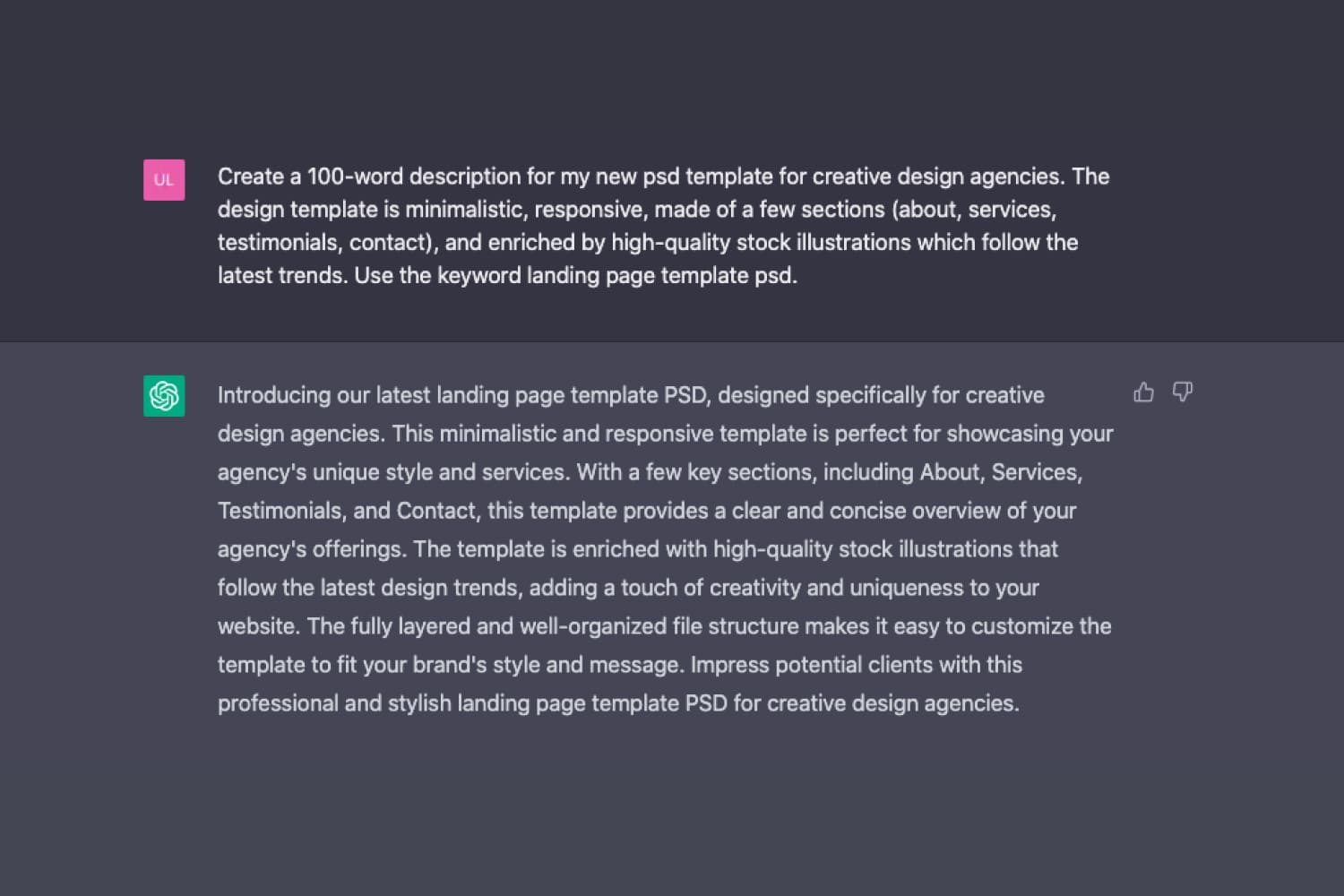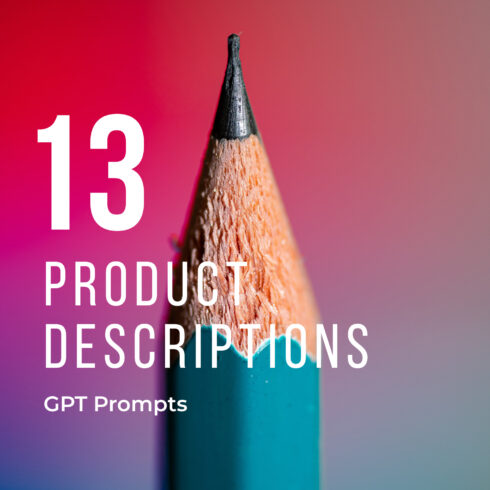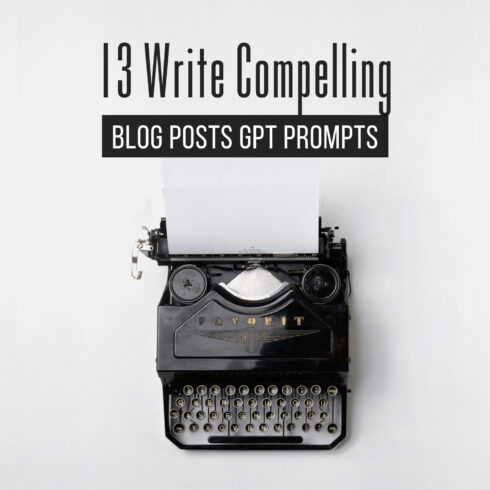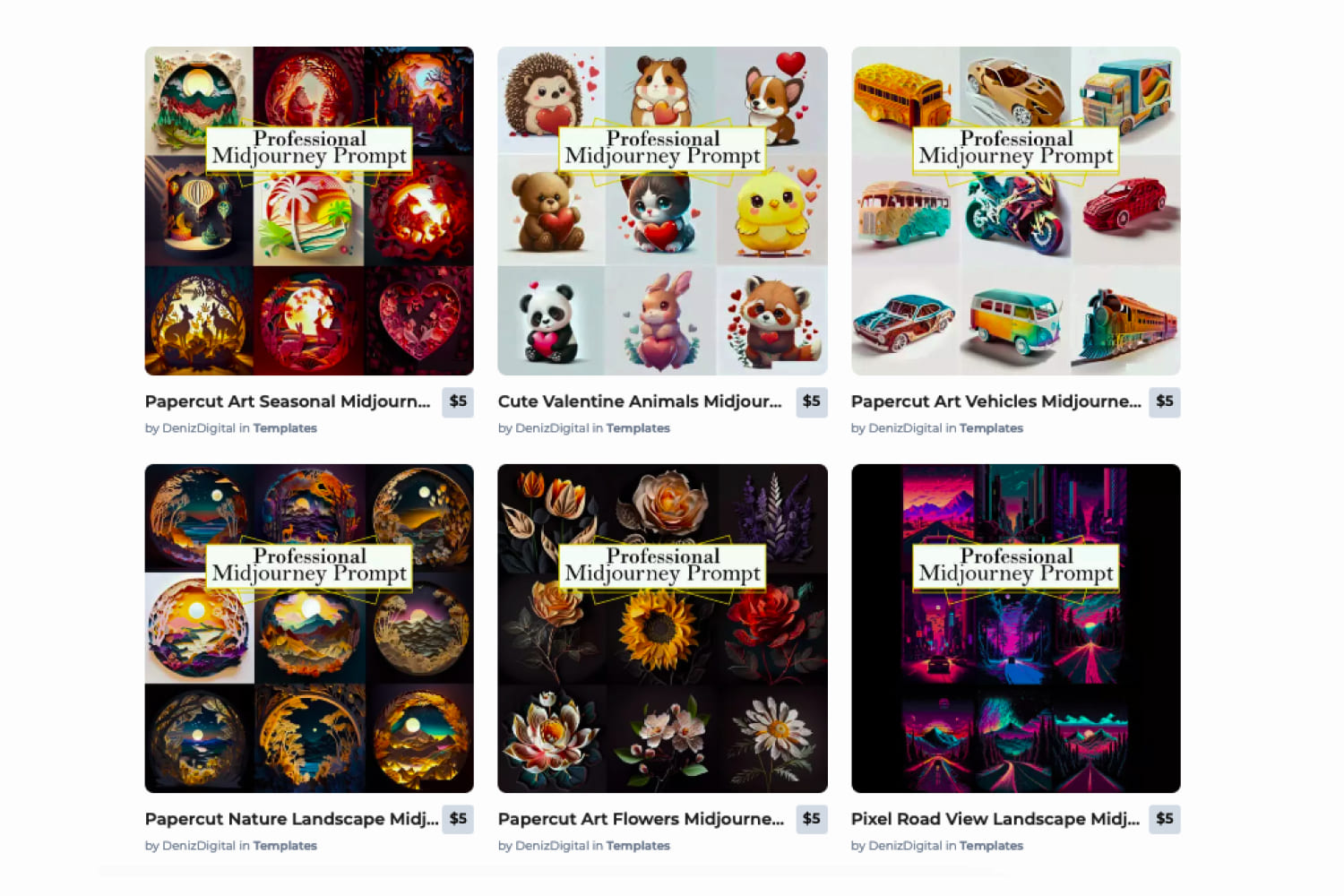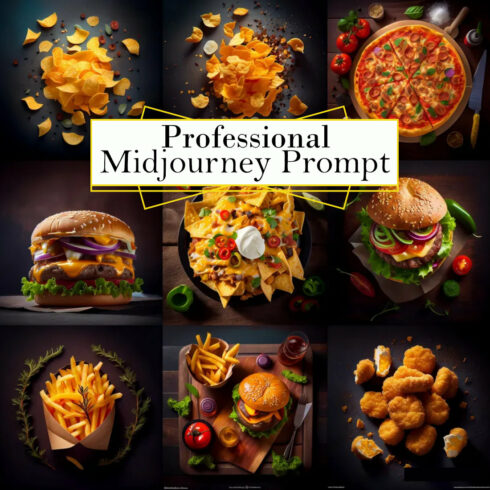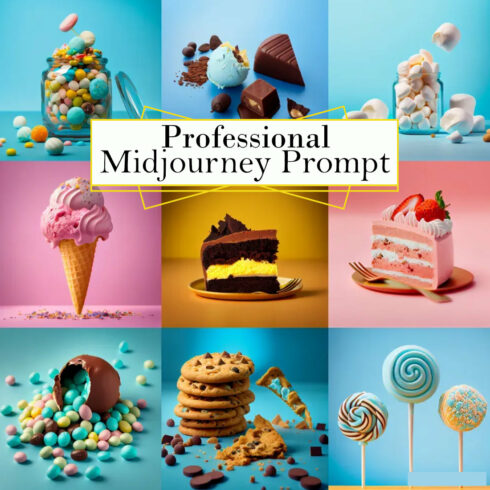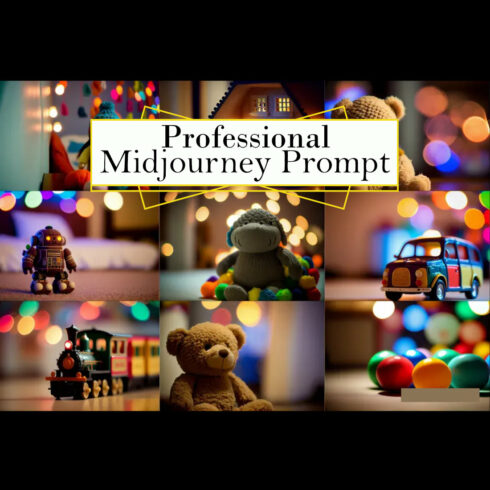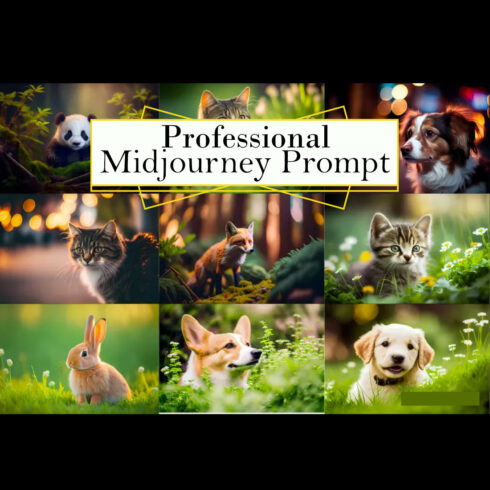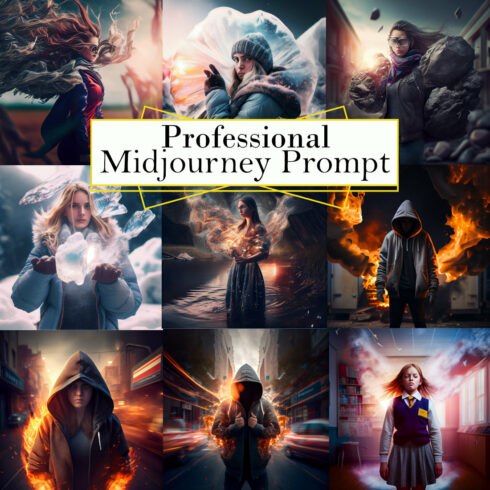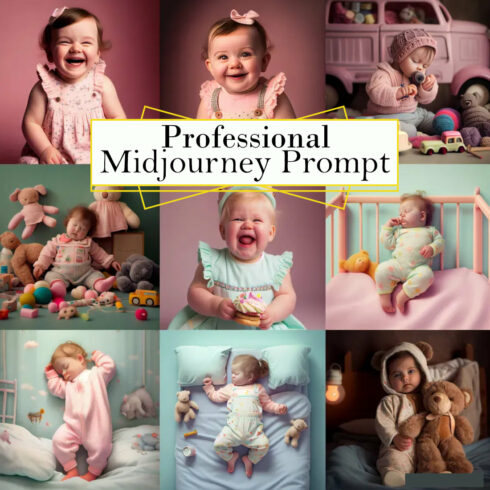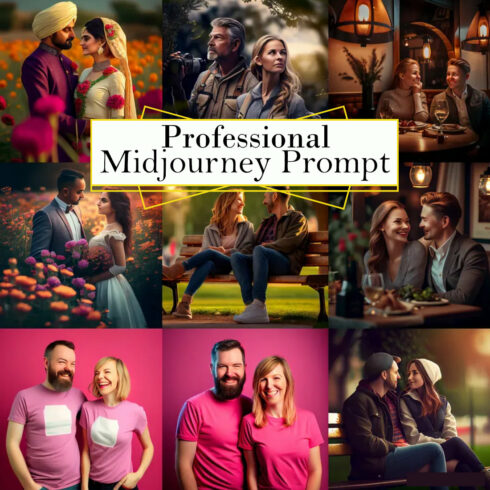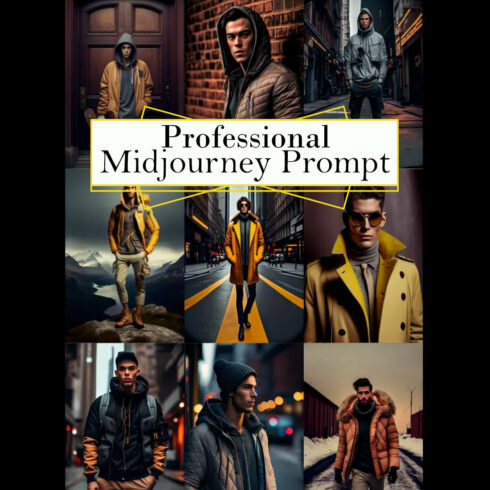How to Use AI Prompts to Get Better Outputs from ChatGPT, Midjourney & DALL-E
In the midst of the AI revolution, there’s a buzz that’s taking the world by storm – the tantalizing promise of skyrocketing ROI with the help of cutting-edge technology.
However, while everyone’s eager to jump on the AI bandwagon, there’s a crucial piece of the puzzle that’s often overlooked — the art of communicating effectively with AI. The golden key that unlocks the door to unique, high-quality, and deeply insightful answers that truly set AI apart. This golden key is AI prompts.
The Natural Language Processing (NLP) market is set to explode to a jaw-dropping $341 billion by 2030, so it’s time to harness the power of clear, concise, and actionable input to truly unleash the potential of this game-changing technology.
Because your output will always be as good as your input — the golden rule to remember!
Are you ready to master the secret to transforming your AI experience with the best prompts for AI art? Without further ado, let’s dive right in!
What Are AI Prompts?
AI prompts can be defined as the primary input or instructions you send to AI to get a desired output. It is the key to harnessing the full potential of AI and beyond.
As a professional designer, you already should know the value of clear communication in understanding your client’s vision. Working with clients who give unclear instructions is like trying to solve a puzzle with missing pieces or playing a game of charades; it’s frustrating, confusing, and sometimes downright comical: “Oh boy, where do I even begin?”
AI prompts serve a similar function when it comes to interacting with AI-driven design tools—they define instructions or questions that guide the AI in generating the desired output.
Let’s view the examples.
Assume you want AI to help you select typography for a new brochure.
Bad prompt: “Recommend a font for the brochure text.”
Good prompt: “Please, recommend a legible, sans-serif font for the body text of an online brochure, ensuring good readability on both desktop and mobile devices. It’s a brochure for the art exhibition.
Or, another example of using AI for creating your product description.
Bad prompt: “Create a description for my new PSD template for web design.”
Good prompt: “Create a 100-word description for my new PSD template for creative design agencies. The design template is minimalistic, made of a few sections (about, services, testimonials, contact), and enriched by high-quality stock illustrations that follow the latest trends. Use the keyword landing page template PSD.”
This detailed prompt enables the AI to deliver a tailored output that meets your criteria, saving you time and effort in the ideation process.
Why Are Well-Written AI Prompts Important?
You probably already realize why mastering the art of crafting effective AI prompts is critical to using trendy AI. If you feed AI vague, ambiguous questions, don’t be surprised if it serves you a word salad with a side of confusion. It’s like receiving an answer that is as insightful as a fortune cookie and as shallow as a puddle.
By perfecting the art of creating captivating AI prompts, you not only streamline your design workflow but also unleash AI’s potential to elevate your creative projects to new heights. Here are the key reasons why designers should pay attention to well-written AI prompts:
- Enhanced Accuracy: Well-crafted prompts significantly boost the precision of AI-generated responses, sparing you the hassle of time-consuming manual edits and giving you more time to focus on your design vision.
- Improved Creativity: Sometimes you are simply not in the right mood for creative ideas generation, and it is what it is. Well-written prompts can unlock the hidden creative prowess of AI models, opening up a treasure trove of diverse and innovative ideas to enrich your design projects with new and engaging elements.
- Reduced Bias: This is a hidden power of using AI in design. Carefully designed prompts can help curb the risk of generating biased content, ensuring your AI-assisted designs are inclusive, fair, and cater to a diverse audience.
- Streamlined Workflow: Crafting effective AI prompts enables seamless integration of AI capabilities into your design process. This helps you optimize your workflow, allowing more room for experimentation and innovation. Just like in the examples above — while AI can handle your product descriptions, you can use the saved time to create a new design (or to watch Netflix if you feel so).
- Unleashing AI Potential: As a designer, you can stay ahead of the curve by utilizing effective prompts to tap into the full potential of AI. Cutting-edge technologies bring a competitive edge to creative projects.
In a nutshell, mastering the art of crafting effective AI prompts is essential for designers who want to take their creative projects to unparalleled heights.
They are the catalyst for efficiency and effectiveness.
What Are the Types of AI Prompts?
Various types of AI prompts are designed to cater to specific purposes or AI platforms.
Some common types include:
Text-based prompts
Predominantly used with language models like ChatGPT, CopyAI, and Jasper, text-based prompts facilitate the generation of text outputs. These outputs can vary from responses to queries and inventive writing pieces to code segments.
Text to image prompts
These prompts are suitable for AI platforms like DALL-E and MidJourney, which focus on generating visual content. Image-based prompts typically feature descriptive words or guiding phrases, helping the AI system create images that align with the given context.
Audio-based Prompts
Audio-based prompts cater to AI systems designed for processing audio data, including voice assistants and music composition tools. They incorporate spoken language, melodies, or other auditory inputs to direct the AI in producing relevant outputs.
Mixed-media Prompts
By combining different input types like text, images, and audio, mixed-media prompts provide a more comprehensive and context-aware basis for AI systems.
How To Create Prompts for ChatGPT?
An explicit, specific instruction always rules the game. So, here are the most important advice points on creating prompts for GPT or other AI:
1. Kick off your prompts with powerful action verbs: Make sure the AI grasps your design intentions by starting your prompts with compelling action verbs, like “create,” “design,” or “envision.” This will set a clear direction for the AI to follow.
Good example: Design a clean, modern logo for a tech startup called ‘InnovateNow’ that focuses on developing renewable energy solutions. “Use green and blue as primary colors to represent sustainability and innovation.”
Bad example: “I need a logo for a company, a tech startup called ‘InnovateNow.” (This prompt is too vague. It doesn’t start with a powerful action verb, and it doesn’t provide enough context, such as the company name, industry, or design preferences, which makes it difficult for the AI to generate a relevant design.)
2. Illuminate with context: Offer rich background information, relatable examples, or specific requirements tailored to designers. For example, you might ask the AI to “Design a minimalist logo for a sustainable fashion brand using earthy tones.”
3. Boost creativity and fine-tune complexity: Encourage the AI to explore unconventional design ideas or challenge existing perspectives. Experiment with varying complexity in your prompts to strike the perfect balance between guidance and imaginative freedom.
Good example: Design a playful and memorable logo for a children’s toy store called ‘ToyTreasures.’ Incorporate bright tones, and experiment with colors and elements that evoke a sense of fun and adventure, such as a treasure chest or a pirate ship. Also, come up with some unexpected design ideas and elements to stand out.
4. Optimize token usage: Be aware of the AI model’s token limit, and craft concise yet powerful prompts. Long-winded requests may result in incomplete or cut-off outputs.
5. Maximize AI’s potential: Harness the AI’s capacity to generate a plethora of design concepts, analyze vast quantities of data, and merge insights from diverse sources.
6. Acknowledge AI’s limitations: Recognize the AI’s constraints, such as biases, inaccuracies, or ethical considerations, and tailor your design prompts to address these shortcomings.
7. Empower the AI with roleplay: Enhance your design prompts by using phrases like “Pretend you’re a famous graphic designer” or “Act like you’re an expert in eco-friendly packaging.”
8. Stay true to the brand identity: Consistent branding can boost ROI by 10-20%. Keep the brand voice front and center when customizing design prompts. Examine your target audience and use language and tone that resonate with them.
9. Combine AI with your own expertise: While ChatGPT is an invaluable resource, it shouldn’t be your sole reliance for design projects. Fuse the AI’s power with your creativity and know-how to craft truly captivating designs that resonate with your audience.
And, finally, keep up with the ever-evolving AI landscape: AI is advancing rapidly, and with it, new nuances and subtleties continue to emerge. It’s incredibly beneficial to have a collection of prompts crafted by experienced designers who’ve already “been there, done that.”
These experts have invaluable insights that can help you navigate the complexities of AI and stay ahead of the curve, ensuring your designs remain fresh, relevant, and impactful.
Prompts for ChatGPT, Midjourney, DALL-E on MasterBundles
Explore our exclusive category, a fantastic selection of prompts at MasterBundles Prompt Templates, and dive into a treasure trove of carefully curated the best prompts for AI art crafted to inspire and elevate your design projects.
You can find lots of awe-inspiring prompts here — from prompts that help to generate high-quality, detailed paper-cut art of flowers that you can use as ideas or references to prompts that help to generate new ideas for creating impeccable UX by improving the visual design of a product or service. They are all proven by the MasterBundles Team and are easy to use. You can find different ChatGPT, DALL-E, and Midjourney AI prompts so you can use an integrated approach and benefit from the power of every AI assistant.
Also, now, you can create and sell your AI art prompts. When you experiment with AI and discover new angles to make it assist the work of designers, you can upload your prompts to the MasterBundles marketplace in a few clicks. You transform your creativity into income and make the lives of designers easier, revolutionizing the market. Just submit your custom prompts through our Sell Your Deal form.
Lastly, as the world of AI evolves, so do the opportunities it presents. Now, you can also become among the first specialists who explore the profession of Prompt Engineering. Learn more about this exciting profession in this Business Insider article.
Conclusion
As designers, we stand at the edge of an exciting new era — AI and human creativity intertwine, redefining the boundaries of imagination. It’s high time to seize the moment and harness the power of AI to revolutionize your design work.
To make your projects more efficient and impactful, remember to unleash your creativity and ride the wave of AI innovation, staying ahead of the curve and shining as a leading designer in this ever-evolving landscape.
As we explore uncharted territory, remember that you are the one who drives the tool, not vice versa! And in this exciting journey, we may even uncover hidden connections between design and other creative realms, sparking a renaissance of interdisciplinary artistry.
Let’s usher in a new epoch of awe-inspiring design. And the best AI art prompts are here to become your driving force!
Some Awesome Videos about AI Prompts
What is Prompting? Talking with AI Models…
Be the first to hear about the prompting news and coolest models like ChatGPT on my favorite daily AI newsletter
ChatGPT: 5 Prompt Engineering Secrets For Beginners
ChatGPT: 5 Prompt Engineering Secrets For Beginners
article sources
This article is inspired by and relies on the following references:
What are your concerns?
Thanks for your response!
Disclosure: MasterBundles website page may contain advertising materials that may lead to us receiving a commission fee if you purchase a product. However, this does not affect our opinion of the product in any way and we do not receive any bonuses for positive or negative ratings.
